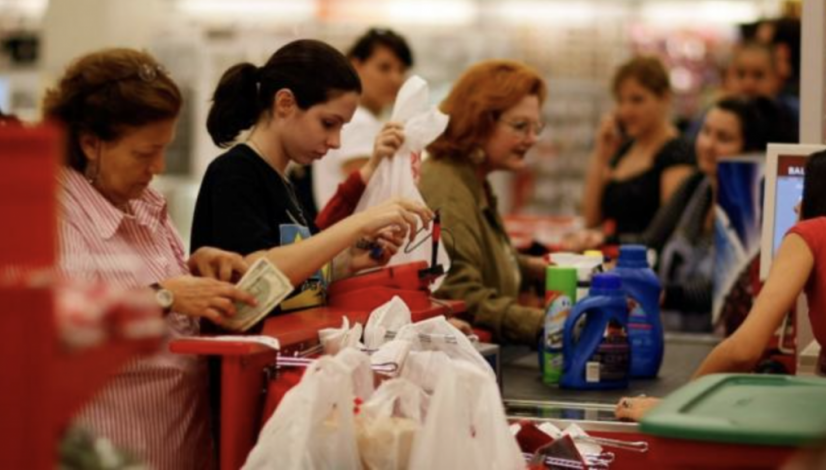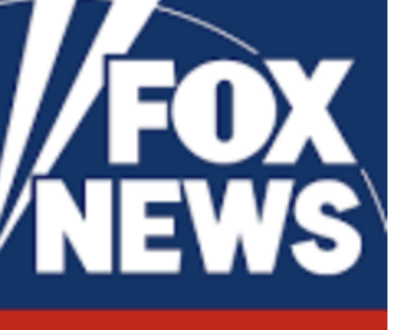The Fed won’t rain on Trump’s economic parade

Will the Federal Reserve squash the Trump economy? No, Here’s why: The booming growth we are experiencing is founded on optimism, which continues to move higher.
The Conference Board reported last week that its Consumer Confidence Index rose 2.4 points in May and reached its highest reading in more than 17 years. The breadth and depth of that optimism is profound, energizing an ever-growing portion of the population and inspiring increased spending and investment in nearly every sector.
A slightly more hawkish stance from Federal Reserve Chairman Jay Powell is not going to undo the upbeat mood — or the momentum — among consumers, manufacturers and small-business owners.
What could spoil the party? Probably not the gradual return to a “neutral” monetary stance that Powell described at his press conference after the Federal Open Market Committee meeting on Tuesday. That ambition seems reasonable based on numerous recent reports about the state of the economy.
Instead, Americans could become less positive about their outlook if President Trump’s legal problems compound or if Democrats retake control of the House of Representatives this fall.
With House Minority Leader Nancy Pelosi (D-Calif.) and her colleagues threatening to roll back the tax cuts for businesses and promising to return to the slow-growth Obama agenda, a GOP defeat could sour the country’s mood, along with our growth prospects.
An excellent indicator of the country’s positive outlook is the most recent survey from the National Federation of Independent Businesses (NFIB). Owners of small companies responded that they have never had it so good. Literally.
The Small Business Optimism index reached its second-highest level ever in May and is on a trajectory the CEO of the NFIB calls “stratospheric.” The folks running small firms were more upbeat about expansion plans than they have ever been in the 45-year history of the survey; they also notched record-level enthusiasm about earnings trends.
At the same time, the NFIB report buttresses the Fed’s more cautious stance. The sky-high results come even as the tight job market is causing heartburn; finding qualified workers ranks as the group’s No. 1 problem. Hiring by small firms is robust, with 58 percent of respondents saying they are adding employees.
Some 83 percent of those companies, however, report that they are able to find few or no candidates for the slots they want to fill. This is not good news. No one is going to build a new plant or warehouse if they can’t staff it.
The shortage of workers is leading many companies to hike pay; the percent of firms raising wages hit an all-time high. Even so, the group recorded a record number experiencing profit growth, in part because many are beginning to raise prices.
Juanita Duggan, head of the NFIB, credits the GOP tax cuts and President Trump’s efforts to remove stultifying regulations for booming small business optimism. Bottom line: She says the “Main Street economy… is on fire.” As she points out, this group accounts for about one half of the economy and is an excellent sample of activity overall.
More evidence of the rocking economy came from the most recent news on retail sales, which posted the biggest gain in six months. Sales were ahead 0.8 percent, about double what analysts had expected. Consumers bought cars, building supplies and a wide range of other goods, even as expenditures on gasoline were driven up by rising prices.
Excluding autos, which tend to be volatile, spending jumped 0.9 percent. The sales increase for April was revised higher. Overall, retail outlays are running ahead of last year’s levels by 5.9 percent, about twice the level of inflation.
These bullish reports follow similar readings from manufacturers. The Institute for Supply Management reported increasing orders, production and employment in May, with indicators of expansion all heading higher.
The Backlog of Orders Index continued to grow, posting its highest reading since April 2004. Of 18 major manufacturing groups, 16 reported higher sales and orders; none experienced a downturn.
Like the small business group, manufacturers are reporting difficulties hiring workers and higher input costs. A representative comment: “Suppliers are seeing price increases and trying to pass them on.” And another: “Sales remain strong. Lead times and direct material costs are soaring.”
This is the kind of data the Fed is looking at. The message is clear: Business is booming, costs are going up and companies are beginning to hike pay and prices. That is the red-hot economy that Powell is trying to cool, if only barely.
Every Fed chair is haunted by the notion that he will miss an inflection point and move in too late. Powell is getting ahead of the curve, trying to bring Fed policy to a neutral position after years of extremely accommodative policy.
The United States is outperforming most other developed countries. Some are projecting that growth in the second quarter will top 4 percent. The Atlanta Fed, for instance, has moved its forecast back up to 4.8 percent.
The job market has never been tighter. For the first time, there are more job openings than people looking for work. For so many who have been on the sidelines, unable to find work, this is a blessing. People with criminal records, people who have no training or job experience — all these folks now have an opportunity to build their lives.
Chairman Powell will not want to staunch the flow of good news, and it is unlikely he will. It has been a long time coming.
Published on The Hill




